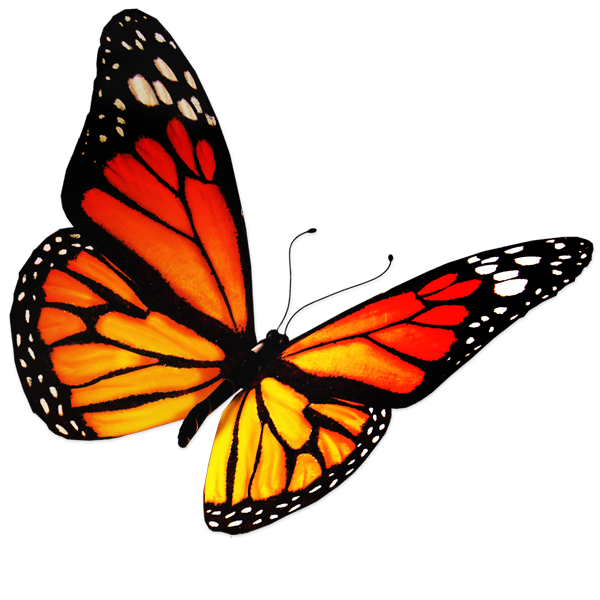We’ve talked about fungi and their complicated lives before, but here’s another one of our cool forest inhabitants: the scarlet cup fungus (Sarcoscypha coccinea). The scarlet fungus lacks the “gills” that we are used to seeing on the underside of most mushrooms (think of how a portabella mushroom cap looks when you flip it over). […]
Read moreWhen you begin studying biology you usually begin with plants and animals, and maybe some microbes like plankton and protozoa. Then, one day, you may find yourself learning about mushrooms and realize that with fungi everything you thought you knew about how things are “supposed” to work is turned upside down. For example, take the […]
Read moreLimestone layers of the Cincinnati area tell a tale of ocean life from millions of years ago. Scientists from all over the world come to the tri-state area to find and study these very fossils. Usually, fossils from the Ordovician Period, which occurred about 450 million years ago, are buried deep within the earth’s crust. […]
Read moreWe all know that plants use the sun, air and water to make their own food. Well, most plants at least do this. Some just get others to do it for them. Bear corn (Conopholis americana) is one of these. Lacking chlorophyll, it gets its energy by parasitizing the roots of either beech or oak […]
Read moreAnother aquatic invasive species that we see a lot in our parks is pets. The problem is that some people have pet goldfish or turtles that get too big for their tanks, or they just don’t want to care for them anymore. These people think that dumping these animals into the nearest body of water […]
Read moreThe more things change, the more they stay the same, but still, one must be ready and willing to learn many new things each day. Out in nature, you will see some of both…you will see the more things change, the more they stay the same. You have the opportunity to learn a plethora of […]
Read moreWhat are aquatic invasive species? They can be plants, animals (like fish or turtles) or even bacteria/viruses that are introduced, either accidentally or intentionally, into aquatic ecosystems that they are not native to. Since they are so finely balanced, the introduction of any aquatic invasive species into an ecosystem has the potential to be very […]
Read moreOn a typical day at the parks, you may see many different species of animals and birds, such as white-tailed deer, turkeys or wood ducks. But the parks are also home to many interesting and important aquatic organisms that you might never notice if you don’t stop to take a closer look. Take this “little” […]
Read more
